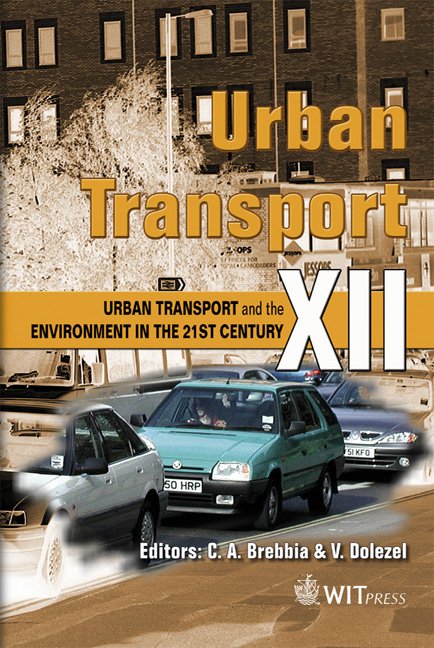Achieving A Pro-public Transport Agenda In South Africa – The Challenge For Middle Income Countries
Price
Free (open access)
Transaction
Volume
89
Pages
11
Published
2006
Size
495 kb
Paper DOI
10.2495/UT060781
Copyright
WIT Press
Author(s)
A. Shaw
Abstract
This paper explores constraints to the delivery of improved urban public transport in South Africa (SA). Improving and integrating public transport systems within middle-income countries such as SA is often difficult. (Middleincome countries have income ranging between $745 and $9,360 per capita (World Bank, 2004). Cities in such countries are fast growing, have high levels of car ownership, often have relatively developed public transport systems with a mix of informal and formal operators.) Operators are challenged by a shift in the status quo. The intensity of growth in traffic and private car usage makes congestion a growing constraint to the free flow of public transport vehicles. Government has limited funding for infrastructure improvements and often exerts limited day-to-day control over what occurs within the public transport system. Recent shifts in policy in SA have focussed on a new vision for public transport, yet little if any change is discernable on the ground. The paper explores some of the reasons why SA has struggled to implement this new vision. The paper concludes by drawing certain lessons from other middleincome countries that may have application both in SA and elsewhere. Keywords: public transport, South Africa, city, integrated, minibus taxi, bus, rail, middle-income countries. 1 Introduction Democratic elections in 1994 in SA heralded an era of both economic and social reform. Government policy quickly shifted to addressing the needs of the poor. Improved public transport, although identified as a critical area of social
Keywords
public transport, South Africa, city, integrated, minibus taxi, bus, rail, middle-income countries.





